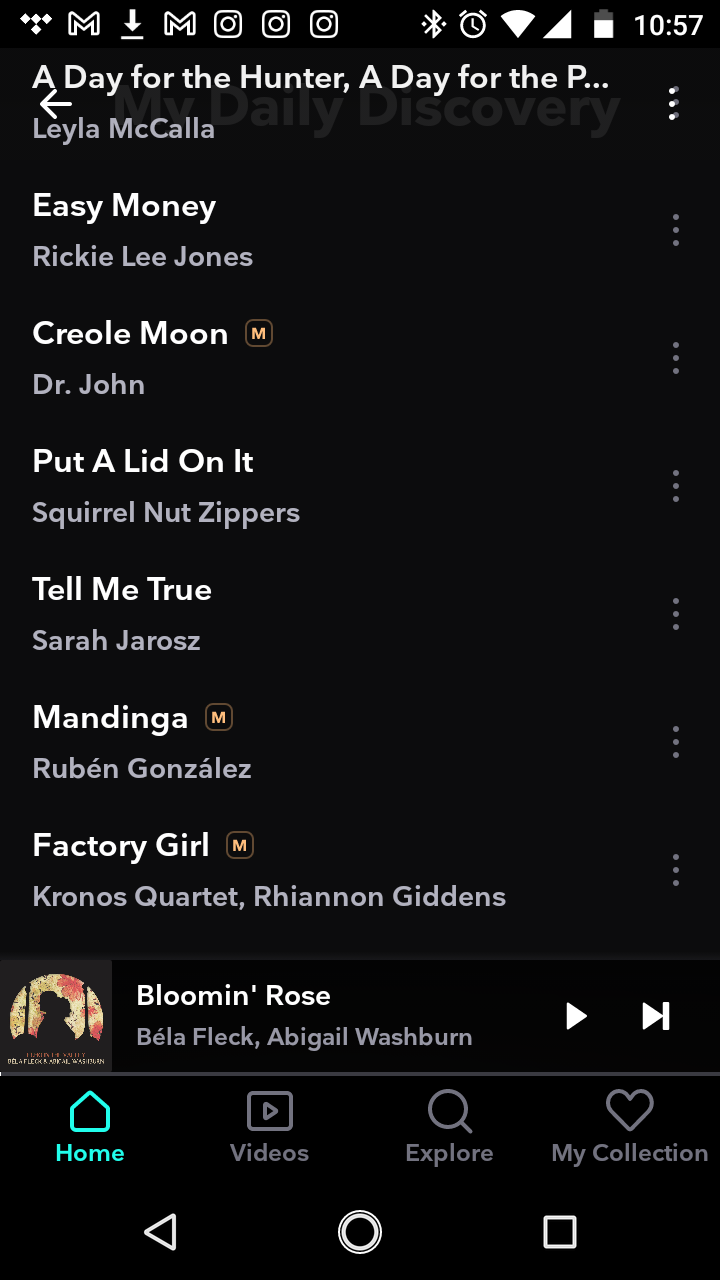I’m 71. I grew up on rock and roll, doo wop, psychedelic rock, acid rock, progressive rock, punk rock, post punk…
But, you know, maybe 50 years of rock is plenty…
I’m really not aware of anything new that’s gone on in the genre in the last 30 years — unless you count the ear-grating arrival of Auto-Tune (Melodyne, etc) as both supposedly cool ‘effect’ and as usually, clumsily obvious vocal editing/’correction.’
Now, that’s not to say that I don’t occasionally listen to rock along with a lot of other stuff.
Although so much from my long ago youth was terribly overexposed on the radio, to the point where I absolutely can’t stand listening to it (“Stairway to Heaven,” “Hotel California,” etc, etc, ad nauseum”), I’ve largely come to peace with the fact that the beloved rock of my youth is now a ‘classic’ genre — like folk, blues, trad jazz, swing, jump music, doo-wop, cool jazz, bossa nova, and so on.
There’s no shame in the bouncing ball of culture moving on, and there’s no shame in continuing to like great music from the past.
(That said, as a self-recording writer, I don’t think I’ve done any straight rock since about 1999 or so. And that was a joke aimed at a contingent of users on the free indie music stream service I used in that era to get my music out.)
1
Reply
u/KS2Problema avatar
KS2Problema
6h
To that, I will add a couple of tips I think can contribute to more memorable rock:
Keep it (reasonably) simple. But that doesn’t mean that one should forgo the little grace bits that go into making a smooth song, features like bridges, intros, middle eights or other melodic breaks, and the like.
Unless you’re that kind of writer, it often pays to keep the lyrics on the simple side too, paying attention to basic cadences, not getting too tricky with syllable cramming/tumbling and that sort of thing.
Be on the watch for possible hooks, riffs, for other memorable elements that you can draw out of the song to build more of a sense of song identity around.
With regard to tempo, you might try finding something that feels solid and comfortable… And then try pushing the tempo just a bit.


